How Access to Technology Can Create Equity in Schools
Digital Promise
APRIL 29, 2019
When used effectively, technology can greatly contribute to creating equity in schools. However, we can only realize these equity-centered benefits when we use technology in innovative and powerful ways. However, we can only realize these equity-centered benefits when we use technology in innovative and powerful ways.



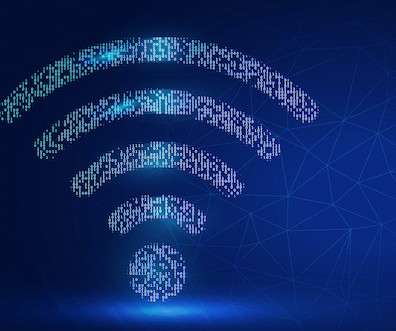
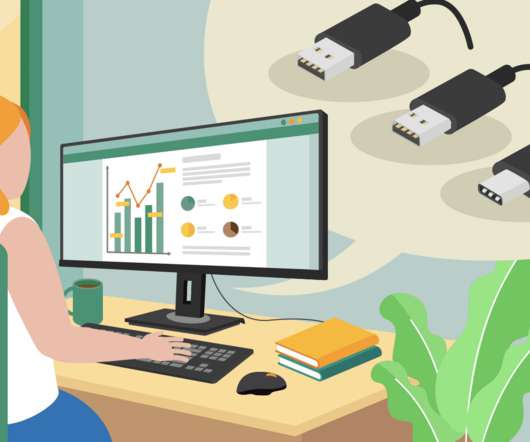




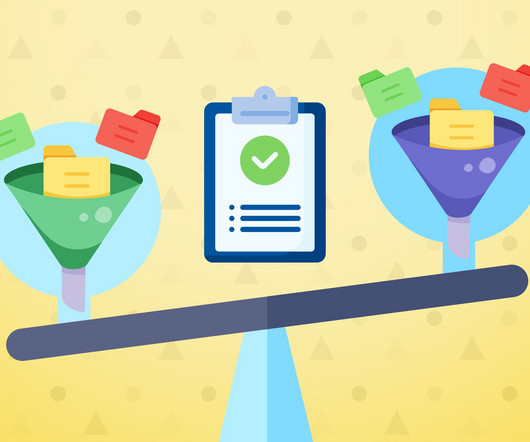




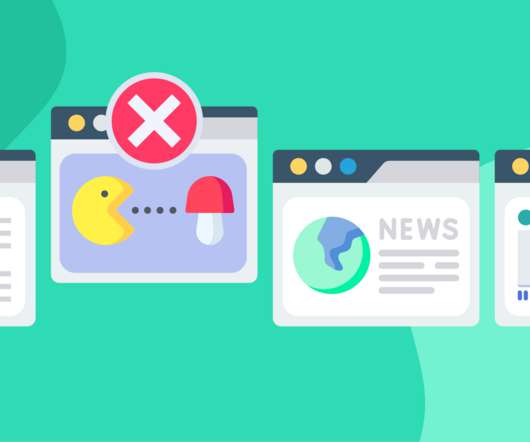
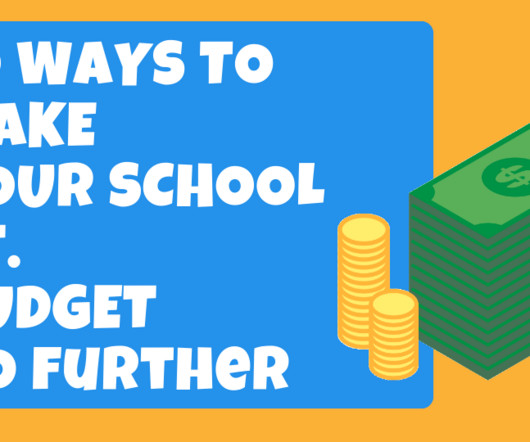



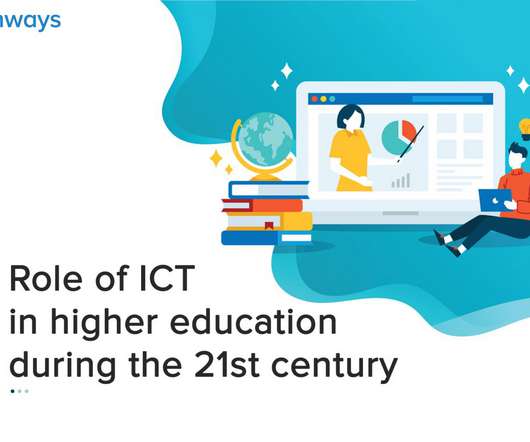



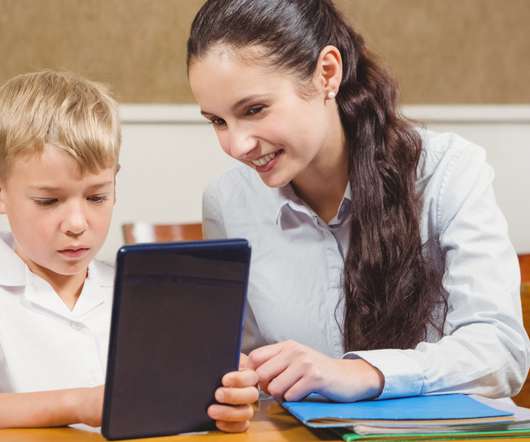








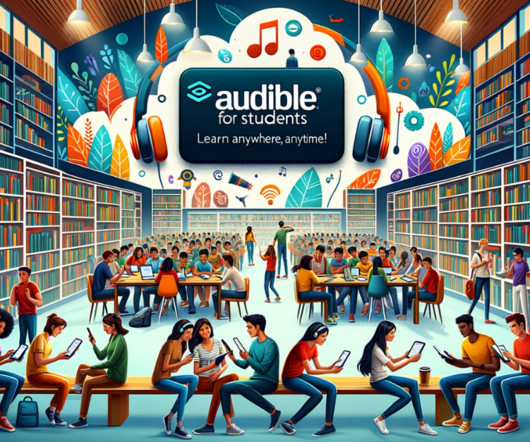

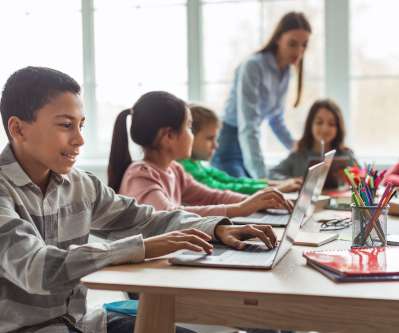











Let's personalize your content